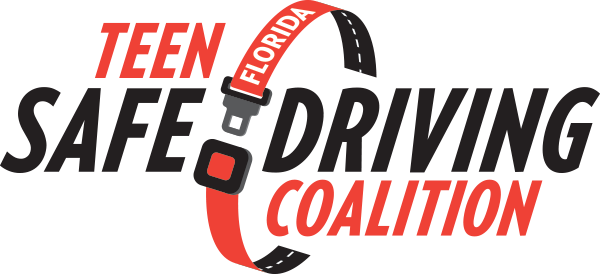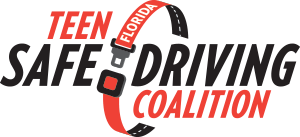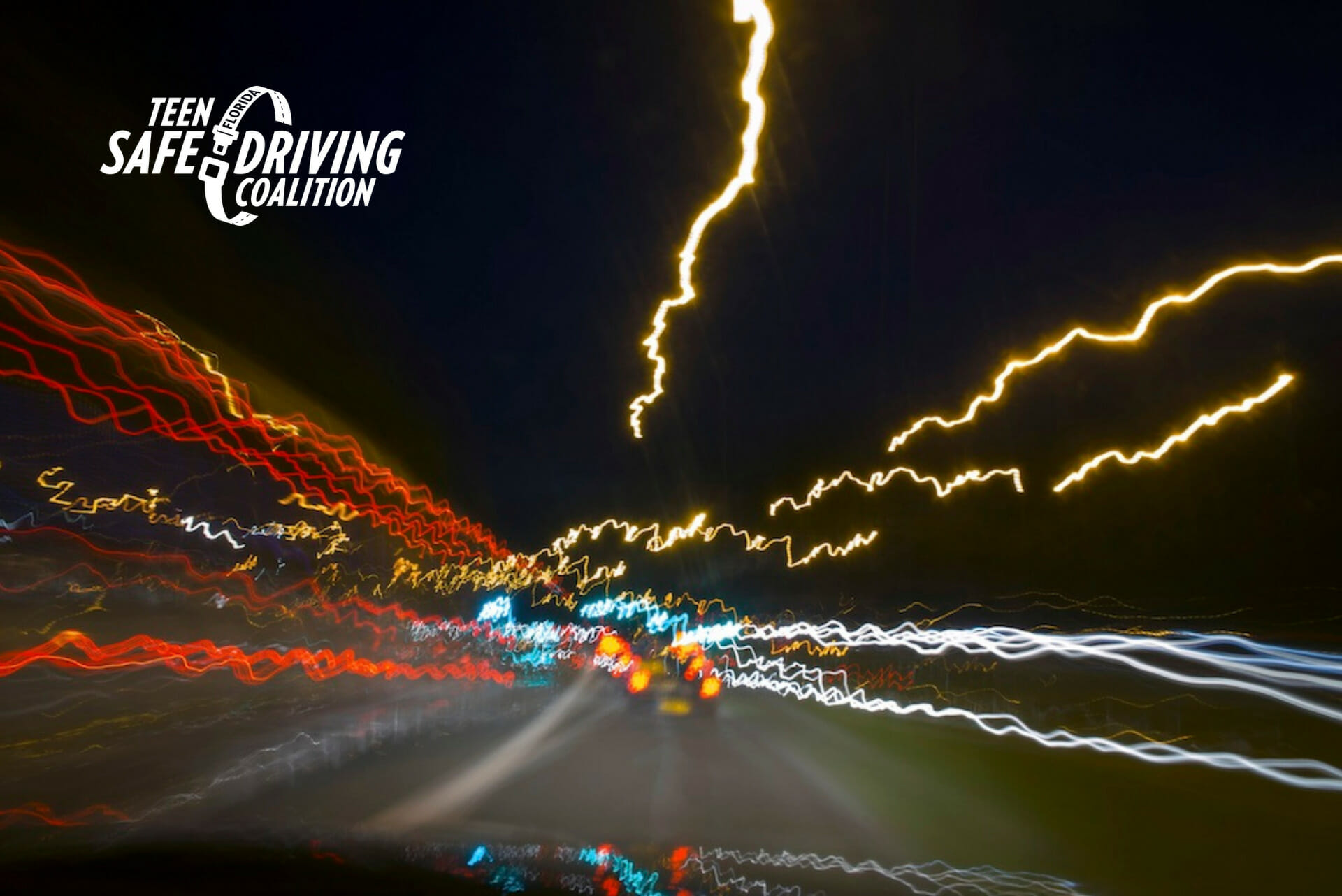
Drugged Driving – What You Should Know
In 2016, 44 percent of drivers in fatal car crashes (with known results) tested positive for drugs, according to the recent report entitled "Drug-Impaired Driving: Marijuana and Opioids Raise Critical Issues for States"by the Governors Highway Safety Association. This is up from 28 percent in 2006. See a graphic from the report below for more information about drugged driving and marijuana and opioids.

What is drug-impaired driving? Driving under the influence of over-the-counter medications, prescription drugs, marijuana, or illegal drugs.
Why is drug-impaired driving dangerous? Over-the-counter (OTC) medications and drugs affect the brain and can alter perception, mental processes, attention, balance, coordination, reaction time and other abilities required for safe driving. Even small amounts of some drugs can have a serious effect on driving ability.
A recent national survey showed 22.5% of nighttime weekend drivers tested positive for illegal, prescription, or OTC drugs that can impair driving. (Drug-Impaired Driving: A Guide for States, April 2017. NHTSA 2014 Drug-Impaired Driving Survey)
What substances are used the most when driving? After alcohol, marijuana is the most commonly used drug. (Source: National Institute of Drug Abuse)
What happens when you use drugs and drive? Marijuana can decrease a person’s ability to drive a car. It slows reaction time, impairs a driver’s concentration and attention, and reduces hand-eye coordination. It is dangerous to drive after mixing alcohol and marijuana. Driving after using prescription drugs or over-the-counter medicine, such as cough suppressants, antihistamines, sleeping aids, and anti-anxiety medications may impair driving ability.
How many teens are smoking marijuana and driving? More than one in eight high school seniors admitted in a national survey to driving under the influence of marijuana in the two weeks prior to the survey (National Institute of Drug Abuse, 2012 Monitoring the Future Survey. )
Is it legal? Even in states that have legalized marijuana for recreational use, driving while under the influence of marijuana is still illegal. Unfortunately, too many people are misinformed. A study conducted by Liberty Mutual Insurance and Students Against Destructive Decisions (SADD) found that a third of all teens believe it is legal to drive under the influence of marijuana. In addition 27 percent of parents believed it was legal.
Not only is driving while high illegal, it's also very dangerous. According to the National Institute on Drug Abuse, the effects of marijuana can include: altered senses and sense of time, slow reaction time, anxiety, hallucinations and more.
TIP: Parents—tell your teen not to drive after using marijuana or other drugs, and don’t get in a car with a driver who has used marijuana or other drugs!
FACT: More teens are driving after smoking marijuana than after heavy drinking. A national study showed that from 2009-2011, the percentage of high school seniors who drove after using marijuana was almost three times as high as those who drove after drinking heavily. (American Journal of Public Health 103:2027-2034)
Remember: Marijuana and many medications act on parts of the brain that can impair driving ability. Many prescription drugs have warning labels against the operation of machinery and driving motor vehicles, for a certain period of time after use. You are more likely to be injured or in an accident while driving while under the influence of marijuana or prescription drugs.
Original Post by: Get Smart About Drugs
Additional Resources:
- Drug-Impaired Driving: Marijuana and Opioids Raise Critical Issues for States
- FL Department of Highway Safety Motor Vehicles: Drive Baked, Get Busted
- “Is Marijuana even a drug?” A qualitative study of how teens view marijuana use and why they use it
- Get the Facts About Drugs - Just Think Twice: Getting High & Driving
Drugged Driving Event Toolkit (NIDA)
If you are interested in an event or promotional activity that focuses primarily on drugged driving, here are links to resources from the National Institute on Drug Abuse (NIDA) and others. Read more.
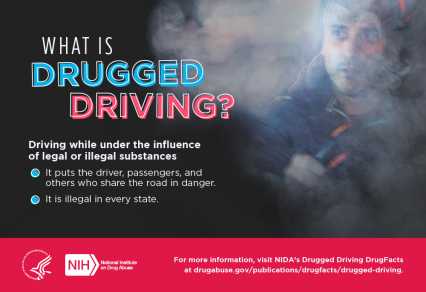
Panel 1
What is Drugged Driving? Driving while under the influence of legal or illegal substances. It puts the driver, passengers, and others who share the road in danger. It is illegal in every state.
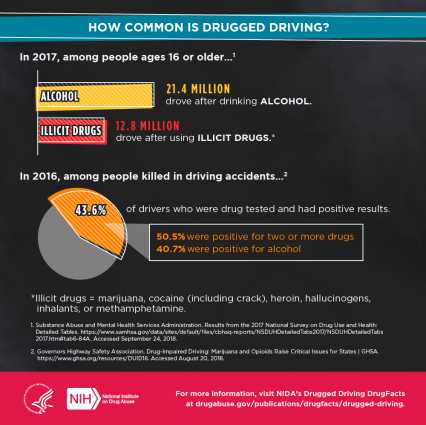
Panel 2
How Common is Drugged Driving?
Panel 2, Figure 1
In 2017, among people of ages 16 or older…1
- 21.4 million drove after drinking alcohol.
- 12.8 million drove after using illicit drugs.*
Panel 2, Figure 2
In 2016, among people killed in driving accidents…2
- 43.6% of drivers who were drug tested and had positive results.
- 50.5% were positive for two or more drugs
- 40.7 % were positive for alcohol.
* illicit drugs = marijuana, cocaine (including crack), heroin, hallucinogens, inhalants, or methamphetamine.
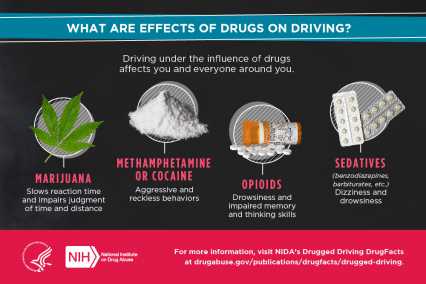
Panel 3
What are effects of Drugs on Driving?
- Driving under the influence of drugs affects you and everyone around you.
- Effects of Drugs on Driving
- Marijuana—slows reaction time and impairs judgment of time and distance
- Methamphetamine or Cocaine—aggressive and reckless behaviors
- Opioids—drowsiness and impaired memory and thinking skills
- Sedatives (benzodiazepines, barbiturates, etc.)—dizziness and drowsiness
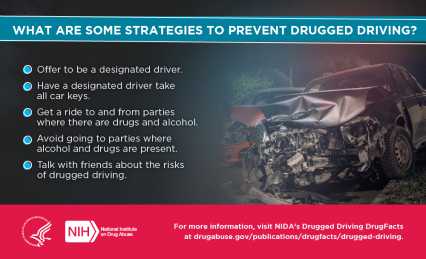
Panel 4
What are Some Strategies to Prevent Drugged Driving
- Offer to be a designated driver.
- Have a designated driver take all car keys.
- Get a ride to and from parties where there are drugs and alcohol.
- Avoid going to parties where alcohol and drugs are present.
- Talk with friends about the risks of drugged driving.
For more information, visit NIDA’s Drugged Driving DrugFacts at drugabuse.gov/publications/drugfacts/drugged-driving.
References
- Substance Abuse and Mental Health Services Administration. Results from the 2017 National Survey on Drug Use and Health: Detailed Tables. https://www.samhsa.gov/data/sites/default/files/cbhsq-reports/NSDUHDetailedTabs2017/NSDUHDetailedTabs2017.htm#tab6-84A. Accessed September 24, 2018.
- Governors Highway Safety Association. Drug-Impaired Driving: Marijuana and Opioids Raise Critical Issues for States | GHSA. https://www.ghsa.org/resources/DUID18. Accessed August 20, 2018.
